The Deep Atomic (DA) MK60 small modular reactor (SMR) design has been developed specifically to provide power and cooling to data centers.
The MK60 is a light water SMR incorporating multiple passive safety systems. DA states that it is “compact, scalable, and built on a foundation of proven technology”. Each unit generates up to sixty megawatts and provides an additional sixty megawatts of cooling capacity through its “integrated data center-centric design approach”.
DA is headquartered in Zurich, Switzerland. It says that the reactor is well-suited to various types of data centers, including those supporting traditional cloud services, cryptocurrency operations, and AI applications.
William Theron is the founder of DA and CEO. He says, “Data centers are the backbone of digital innovation, but their massive energy needs have become the critical bottleneck blocking growth.”
The MK60 is said to offer data center operators a scalable power solution that can be deployed in various locations, including areas with limited grid access. The reactor can be sited closer to urban areas due to its advanced safety features.
Theron said, “It’s designed to be installed on-site at data centers, delivering reliable zero-carbon electricity and energy-efficient cooling, thereby significantly reducing carbon footprints, and helping data centers meet their increasingly stringent sustainability goals.”.
Freddy Mondale is the Head of Engineering for DA. He noted that many areas were struggling to provide the amounts of power that new data centers require. “Our on-site reactors bypass these grid limitations, allowing data centers to be built in optimal locations without straining existing infrastructure.”
Mondale says that a sixty megawatts reactor with additional sixty megawatts of cooling capacity “hits a sweet spot for data centers. It’s large enough to power significant compute infrastructure, yet small enough to allow for modular deployment and scaling”.
Mondale added that “The MK60 can be deployed in multiples, allowing scalability from 60 MW up to over 1 GW to meet growing energy demands.”
DA says it has already begun dialogues with regulators and potential customers as it moves forward with development. The company is seeking partnerships with data center operators and other investors who are “looking towards the future of sustainable digital infrastructure”.
DA’s announcement of the MK60 follows several announcements by global tech giants related to nuclear energy.
Microsoft announced last September that it had signed a twenty-year power purchase agreement with Constellation that will see the restart of Three Mile Island Unit 1. Google announced last week it had agreed to purchase energy from Kairos Power in a deal that would support the first commercial deployment of its fluoride salt-cooled high-temperature advanced SMRs by 2030 and aim for a fleet totaling five hundred megawatts of capacity by 2035. The following day, Amazon announced a series of agreements in which it will acquire a stake in advanced nuclear reactor developer X-energy and roll out its Xe-100 advanced SMR initially at a project in Washington State.
Meanwhile, the head of Japanese cloud-based gaming services provider Ubitus KK has said that it is planning to build a new data center and is specifically looking at areas with nearby nuclear power plants to provide the required power.
Blog
-
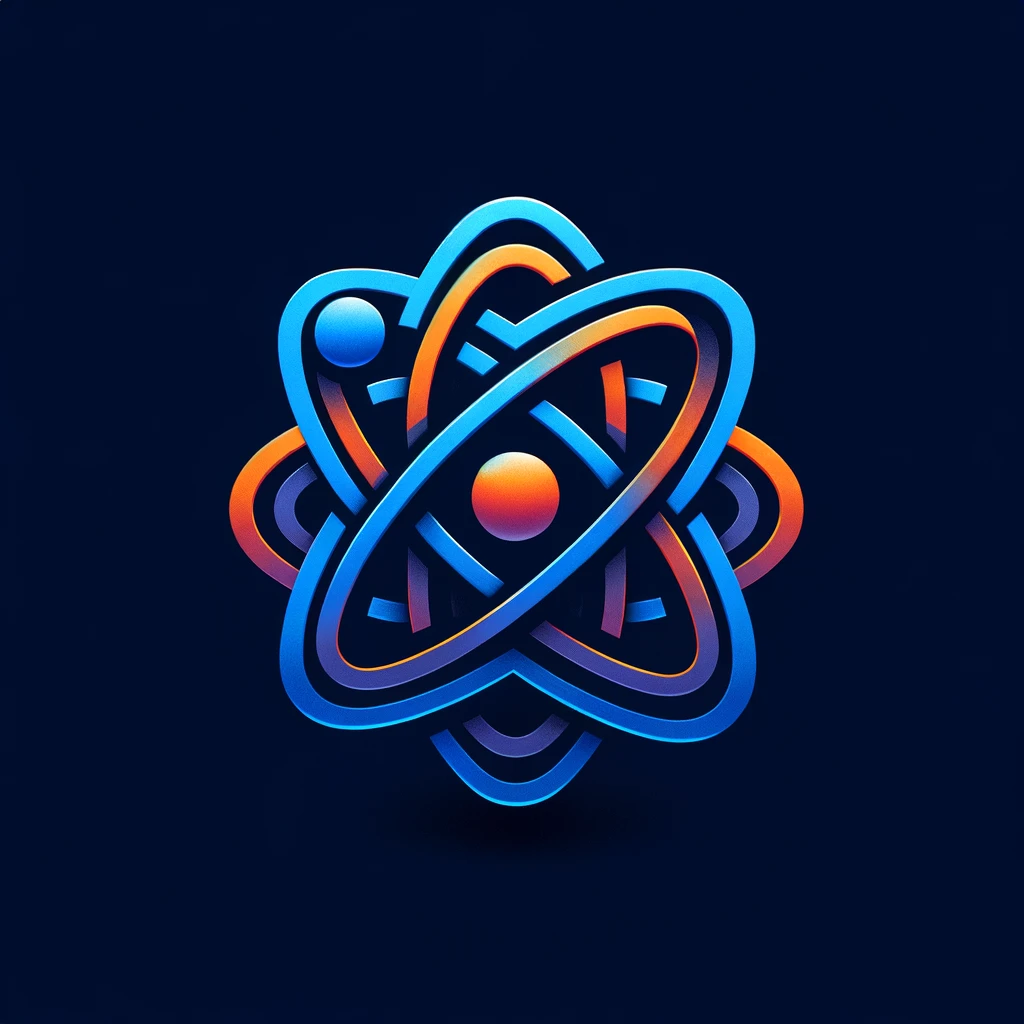
Nuclear Fusion 85 – General Atomics Breaks Through the Greenwald Limit – Part 1 of 2 Parts
-
Nuclear News Roundup Oct 24, 2024
Iran signals possible change in its nuclear doctrine and says it has the capacity to make nukes nbclosangeles.com
Kazatomprom, MonAtom join forces in strategic partnership world-nuclear-news.org
Blykalla and ABB team up on SMR development world-nuclear-news.org
Japan nuclear reactor in 2011 disaster area stops days after restart English.kyodonews.net
-
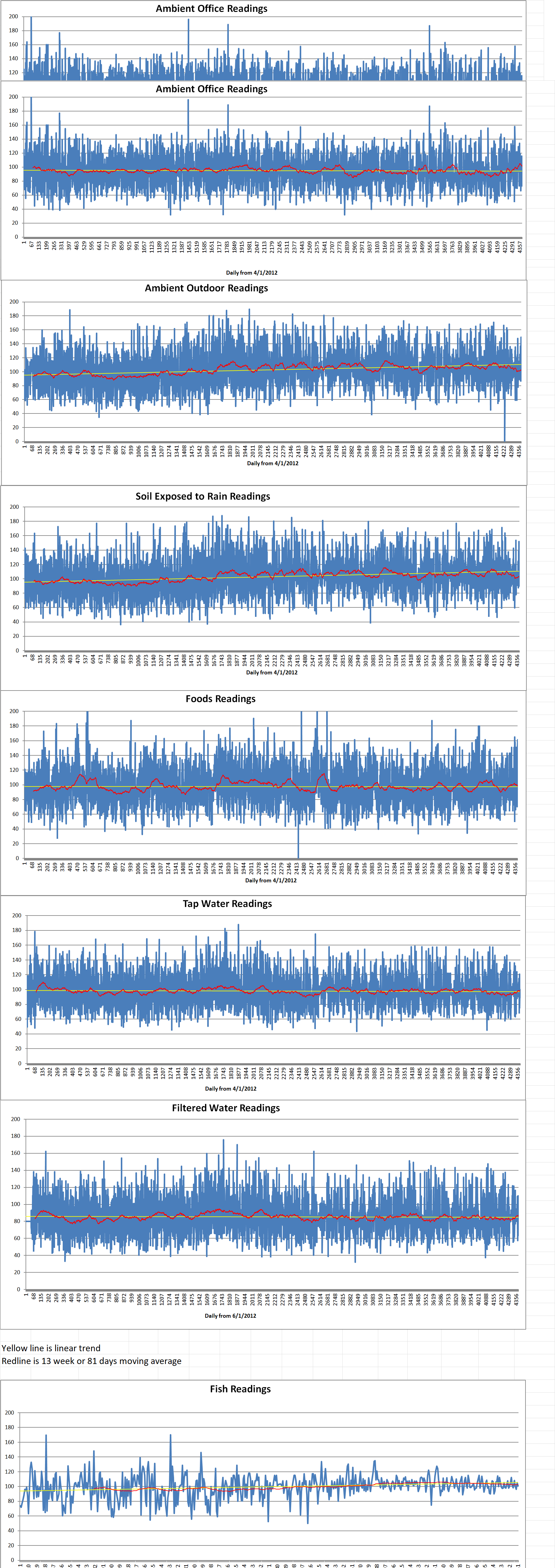
Geiger Readings for Oct 24, 2024
Ambient office = 73 nanosieverts per hour
Ambient outside = 94 nanosieverts per hour
Soil exposed to rain water = 104 nanosieverts per hour
Blueberry from Central Market = 162 nanosieverts per hour
Tap water = 89 nanosieverts per hour
Filter water = 74 nanosieverts per hour
-
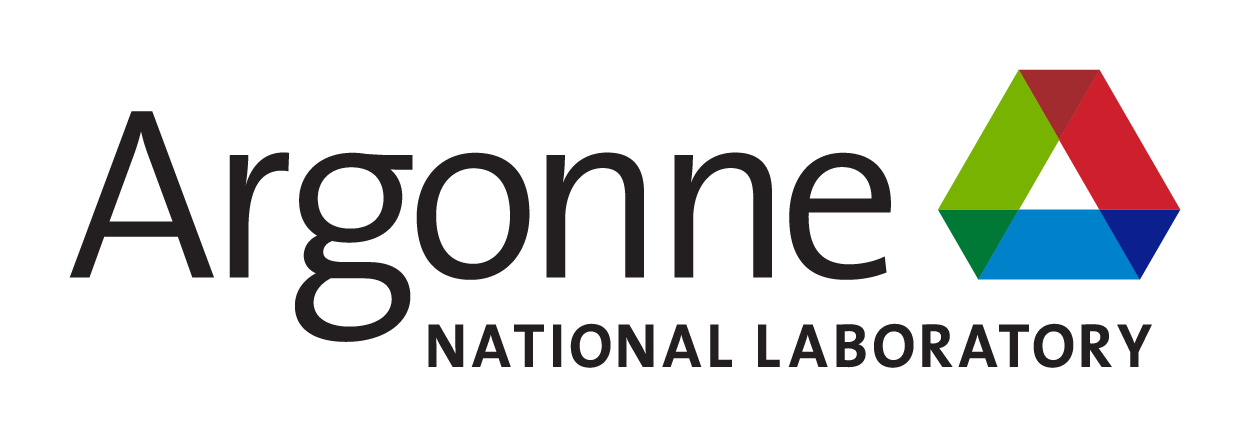
Nuclear Science 1 – International nuclear researchers from China, France and the U.S Release A New Nuclear Software Package Called Nucleus++
In order to make advancements in nuclear science, researchers around the world conduct various experiments each year, often making use of particle accelerators. The data on nuclear particles and processes collected during such experiments is of great importance because it provides valuable insights into the properties of different particles and their interactions.
Accurate analysis of this data is also critical for new developments in fields like nuclear power, healthcare, nuclear fusion research, radioactive waste management, etc. However, very specialized tools are required to process, analyze, and comprehend nuclear data with great precision.
A team of international nuclear researchers from China, France and the U.S. has developed an advanced software tool called Nucleus++. It is much faster, more reliable, and more versatile than existing software packages used for nuclear data processing and analysis.
The researchers say that “Nucleus++ is designed as a valuable tool for scholars and practitioners in the field of nuclear science.” Their study “offers an in-depth description of Nucleus++, highlighting its main features and anticipated impacts on nuclear science research.”
Scientists have created software that can decode nuclear data before. Several existing software tools already serve this purpose. These programs include the Cross Section Evaluation Working Group (CSEWG), and Monte Carlo N-Particle Transport (MCNP), among others.
However, most of these tools focus on only specific tasks. For instance, CSEWG is dedicated to the evaluation and compilation of nuclear reaction cross-sections. Nuclear reaction cross-sections are used to describe the probability that a nuclear reaction will occur. The cross-section is typically denoted as σ and measured in units of area. The standard unit for measuring a nuclear cross section is the barn, which is equal to 10−28 m² or 10−24 cm². Each reaction has its own cross-section. CNP, on the other hand, is mainly used for simulating the movement of neutrons, photons, and electrons as they travel through various materials.
Unlike these traditional tools, Nucleus++ supports a wide range of nuclear data tasks, such as evaluation, simulation, and validation, all in a single platform. It has a modular design. This allows for the integration of multiple nuclear models, enabling a more thorough analysis. In order to make the best of this ability, the study authors have integrated Nucleus++ with NUBASE which is one of the largest databases of atomic nuclei and nuclear properties.
All of this makes the Nucleus++ software an effective tool for studying nuclear data in great detail. Comparing experimental nuclear masses with predictions from different mass models Nucleus++, it outperforms other software for nuclear analysis. And it offers greater versatility than tools designed for specific types of nuclear data.
The researchers claim that a deeper and clearer understanding of nuclear data through tools like Nucleus++ could trigger positive changes in various fields. For example, it could lead to drastic improvements in many existing therapies and medical imaging technologies that involve the use of electromagnetic waves and radioactive isotopes. Accurate insights into nuclear data might also contribute to making research into nuclear fusion systems more productive and nuclear energy greener.
In addition, it may enable scientists to unravel many unsolved mysteries associated with fundamental forces and particles that created the universe. Researchers hope that Nucleus++ will fulfill all these expectations, and bring positive changes in numerous sectors including healthcare and clean energy. -
Nuclear News Roundup Oct 23, 2024
South Korea breaks ground for two new reactors world-nuclear-news.org
Preliminary Czech ruling rejects Westinghouse and EDF appeals world-nuclear-news.org
UK now aiming for SMR and Sizewell C decisions in spring 2025 world-nuclear-news.org
Iran braces for Trump victory, fearing more Israeli strikes, Western sanctions reuters.com
-

Geiger Readings for Oct 23, 2024
Ambient office = 79 nanosieverts per hour
Ambient outside = 95 nanosieverts per hour
Soil exposed to rain water = 98 nanosieverts per hour
Asparagus from Central Market = 151 nanosieverts per hour
Tap water = 100 nanosieverts per hour
Filter water = 84 nanosieverts per hour
-
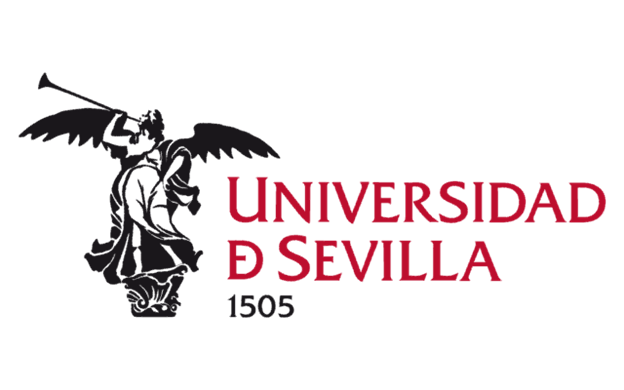
Nuclear Fusion 84 – University of Seville and Princeton Plasma Physics Laboratory Working On New Tokamak Design
An international team is constructing a revolutionary nuclear fusion reactor in Spain called SMall Aspect Ratio Tokamak (SMART) to address future energy demands. Academics are currently publishing a series of papers describing the cutting-edge technology that powers SMART.
The Princeton Plasma Physics Laboratory (PPPL) is collaborating with the Spanish University of Seville on the design and development of a new fusion reactor design.
Jack Berkery is the principal investigator for the PPPL collaboration with SMART. He said that “The SMART project is a great example of us all working together to solve the challenges presented by fusion and teaching the next generation what we have already learned. We have to all do this together or it’s not going to happen.” Together with PPPL’s experience in magnetics and sensor systems, the SMART project benefits from PPPL computer codes.
Fusion reactors work on the same principle that powers the stars. They combine hydrogen and other light elements to produce helium and release enormous amounts of energy. In contrast to fission-based nuclear energy reactors currently in use, fusion offers the potential to produce huge amounts of energy with less waste and risk.
Previous attempts to produce fusion have resulted in more energy being used than produced. Reaching a net positive energy output has remained a challenging task. When a team from the U.S. managed to deliver seven tenths of a megajoules of energy in 2022, it was considered a tremendous feat.
Although fusion energy is still years away, the SMART project intends to move closer to that goal. SMART is a new spherical tokamak fusion reactor that explores negative versus positive triangularity prospects. SMART has a unique design that incorporates a tokamak cross-section and negative triangularity
Manuel Garcia-Munoz is a professor at the University of Seville. According to him, a negative triangularity could provide improved performance. He added that “It’s a potential game changer with attractive fusion performance and power handling for future compact fusion reactors. Negative triangularity has a lower level of fluctuations inside the plasma, but it also has a larger divertor area to distribute the heat exhaust.”
The novel structure increases performance by suppressing plasma instabilities, which may cause energy loss and possibly even damage to the walls of the nuclear reactor. Garcia-Munoz explained that “The idea was to put together technologies that were already established: a spherical tokamak and negative triangularity, making SMART the first of its kind. It turns out it was a fantastic idea.”
Researchers are currently investigating advanced diagnostic methods to track plasma conditions in the experiments. The tools created in collaboration with PPPL will evaluate the plasma’s stability and impurity. This will guarantee a more effective fusion process, noted the press release from Monday.
In the search for sustainable energy solutions, the SMART project offers the promise of revolutionizing energy generation. The project hopes to achieve first plasma by late 2024. And, as global cooperation continues, the goal of using fusion energy to supply huge amounts of power the grid is getting closer to reality. -
Nuclear News Roundup Oct 22, 2024
North Korea Ready for Nuclear and Ballistic Missile Tests, Intel Suggests newsweek.com
Czech watchdog prohibits nuclear power contract signing amid appeals reuters.com
El Dabaa 2’s inner containment taking shape world-nuclear-news.org
Israel hit Iranian nuclear test sites, satellite reveals teklegraph.co.uk
-
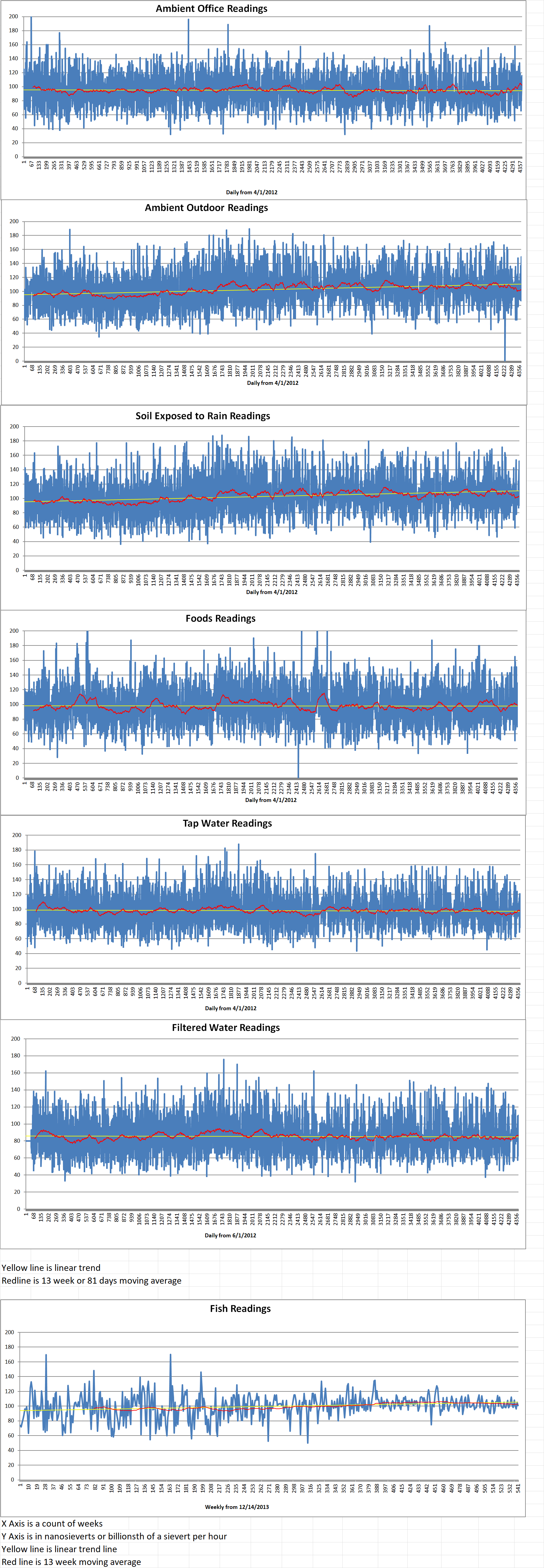
Geiger Readings for Oct 22, 2024
Ambient office = 100 nanosieverts per hour
Ambient outside = 149 nanosieverts per hour
Soil exposed to rain water = 152 nanosieverts per hour
Avocado from Central Market = 73 nanosieverts per hour
Tap water = 92 nanosieverts per hour
Filter water = 77 nanosieverts per hour
-

Nuclear Reactors 1438 – The European Commission Launched An Industrial Alliance Dedicated To Small Modular Reactors
The European Commission (EC) has selected nine small modular reactor (SMR) projects in the initial round of applications to form Project Working Groups under the European Industrial Alliance on SMRs.
The European Commission (EC) launched an Industrial Alliance dedicated to SMRs in February this year. They are aiming to facilitate the development of SMRs in Europe by the early 2030s. The Alliance utilizes working groups to improve the conditions for the development and deployment of SMRs, including rebuilding the supply chain for nuclear power. Their activities are intended to support specific SMR projects and accelerate their deployment on the European market.
The EC said the initial membership of the Alliance call elicited responses from more than three hundred stakeholders. They encompass SMR technology designers, utilities, energy-intensive users, supply chain companies, research institutes, financial institutions, and civil society organizations. The alliance members and its governing board were confirmed at the inaugural General Assembly in Brussels on 29-30 May.
In pursuit of tangible project outcomes, in June the Alliance put out a call for SMR projects wishing to be considered for the Alliance’s Project Working Groups (PWGs). Subsequently, the governing board, with the assistance of the Alliance secretariat, carried out a review and assessment of the 22 applications received.
The governing board held a second meeting on October 7th of this year. Following that meeting the first batch of SMR projects that would constitute the PWGs under the Alliance were selected. This batch included EU-SMR-LFR project (Ansaldo Nucleare, SCK-CEN, ENEA, RATEN); CityHeat project (Calogena, Steady Energy); Project Quantum (Last Energy); European LFR AS Project (Newcleo); Nuward (EDF); European BWRX-300 SMR (OSGE); Rolls-Royce SMR (Rolls-Royce SMR Ltd); NuScale VOYGR SMR (RoPower Nuclear SA); and Thorizon One project (Thorizon).
The EC said that “Each of these projects will have the opportunity to constitute a PWG involving all partners interested in collaboration with the project.”
Marc Schyns is the director of innovative nuclear systems at the Belgian Nuclear Research Centre (SCK-CEN). Commenting on the selection of the EU-SMR-LFR project, he said, “Our project is getting a label – a vote of confidence from Europe. This will give a huge boost to the partners working on this; it only further strengthens our ambition to demonstrate the potential of lead-cooled, fast reactor technology.”
Project partner Ansaldo Nucleare added that “The development path, which has been awarded by the European Commission, includes the construction of two demonstration prototypes (LEANDREA and FALCON) designed to validate the technological choices, which will be built in Belgium and Romania, respectively.”
Stefano Buono is the Newcleo CEO. He said that the selection of the company’s LFR AS project was a “ringing endorsement” for its technology. “We look forward to collaborating with the new European Commission Commissioner and other industry stakeholders, who, like us, are members of the European Industrial Alliance of SMRs, to foster a supportive environment for the growth of new nuclear technologies.”
Ansaldo Nucleare noted that “The four future partners Ansaldo Nucleare, ENEA, RATEN and SCK-CEN have signed a collaboration agreement, together with Newcleo. This will launch discussions to see how we can work together and where the two consortiums can collaborate on LFR technology. By joining forces, we are enhancing our shared commitment to innovation and sustainability within the nuclear sector and can further promote the development of fast reactor technology in Europe.”
The EC said that most of the other projects that applied in the first assessment round and were not selected in the first batch of SMR projects will have the opportunity to submit a new application in the next round. The next round is expected to be organized in the second quarter of 2025.
